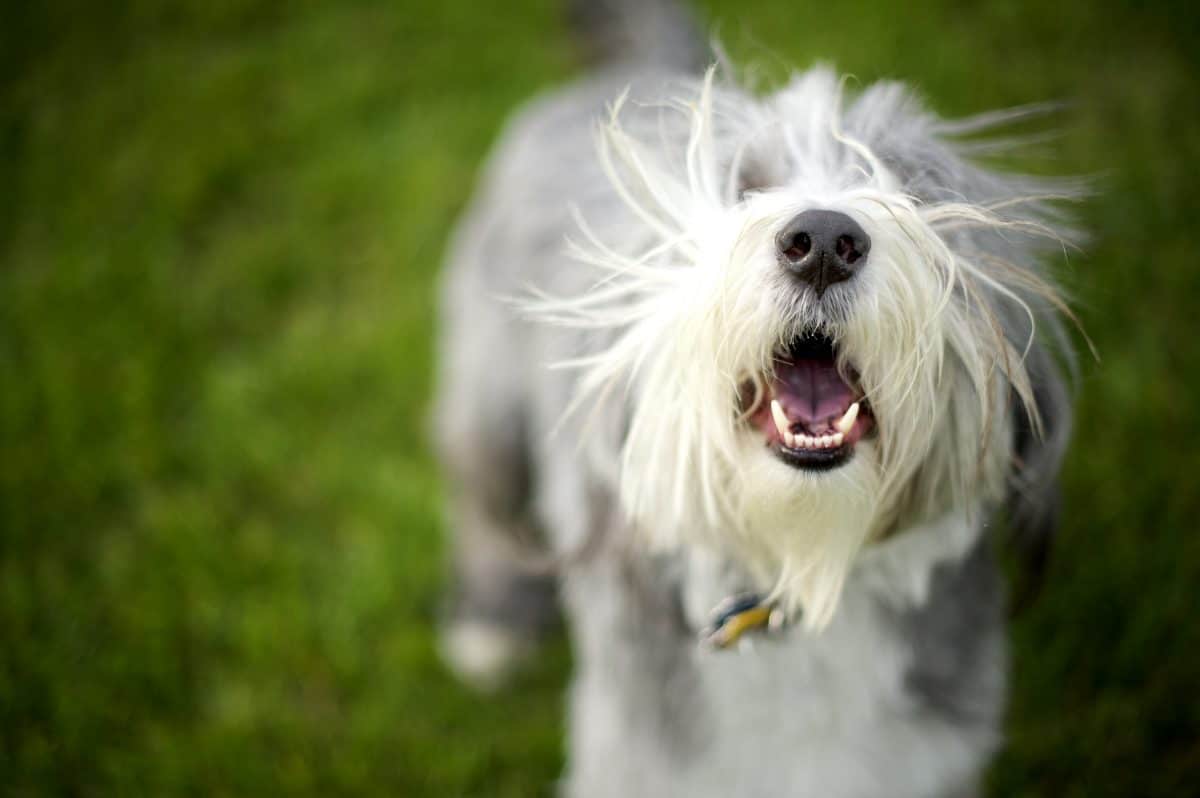Dog behavior problems are often misunderstood or mishandled by dog owners. Perhaps you are new to dog ownership, considering getting a dog, or just wish to help your dog with a challenging issue. Thoroughly understanding the most common dog behavior problems is the first step to solving and preventing them. A solid foundation of obedience training will help you prevent or better control many of these issues.
- Barking – Most dogs vocalize in one way or another. They may bark, howl, whine and more. Excessive barking is considered a behavior problem. The most common types of barking are:
- Warning or alert
- Playfulness and excitement
- Attention-seeking
- Anxiety
- Boredom
- Responding to other dogs
Before you can correct excessive barking, determine why your dog is vocalizing in the first place. Some of our doctors have a special interest in behavior, and can help you determine the cause and suggest possible solutions. It requires consistency and patience, but dedication and attention to detail can go a long way.
- Chewing – Chewing is a natural action for all dogs. In fact, chewing is an important activity for most dogs; it helps keep their teeth clean and it’s just a part of the way they are wired. However, excessive chewing can quickly become a behavior problem if your dog causes destruction. The most common reasons dogs chew include:
- Puppy teething
- Boredom or excess energy
- Anxiety
- Curiosity (especially puppies)
Encourage your dog to chew on the right things by providing plenty of appropriate chew toys and chewable treats. Look for treats that are approved by the Veterinary Oral Health Council (VOHC). Keep personal items away from your dog. When you are not home, keep your dog crated or confined to an area where less destruction can be caused.
If you catch your dog chewing the wrong thing, quickly correct your dog with a sharp noise. Then, replace the item with a chew toy. One of the most important things you can do is to make sure your dog gets plenty of exercise so it can wear off energy and be stimulated in that way rather than turning to chewing.
- Digging – If given the chance, most dogs will do some amount of digging; it’s a matter of instinct. Certain dog breeds, like terriers, dachshunds and beagles are more prone to digging because of their hunting histories. In general, most dogs dig for these reasons:

- Boredom or excess energy
- Anxiety or fear
- Hunting instinct
- Comfort-seeking (such as nesting or cooling off)
- Desire to hide possessions (like bones or toys)
- To escape or gain access to an area
It can get rather frustrating if your dog likes to dig up your yard. Try and determine the cause of the digging, then work to eliminate that source. Give your dog more exercise, spend more quality time together, and work on extra training. If digging seems inevitable, set aside an area where your dog can freely dig, like a sandbox. Train your dog that it is acceptable to dig in this area only.
- Separation Anxiety – Separation anxiety is one of the most commonly discussed dog behavior problems. Manifestations include vocalization, chewing, inappropriate urination and defecation, and other forms of destruction that occur when a dog is separated from his owner. Not all of these actions are the result of separation anxiety. Signs of true separation anxiety include:
- The dog becomes anxious when the owner prepares to leave.
- Misbehavior occurs in the first 15 to 45 minutes after the owner leaves.
- The dog wants to follow the owner around constantly.
- The dog tries to be touching the owner whenever possible.
True separation anxiety requires dedicated training, behavior modification, and desensitization exercises. Medication may be recommended to help relax your dog while you work on behavior modification
- Begging – Begging is a bad habit, but many dog owners actually encourage it. This can lead to upset stomachs and obesity. Dogs beg because they love food. However, table scraps are not treats, and food is not love.Yes, it is hard to resist that longing look, but giving in “just this once” creates a problem in the long run. When you teach your dog that begging is permitted, you are sending the wrong message.
Before you sit down to eat, tell your dog to go to its place, preferably where it will not be able to stare at you. If necessary, confine your dog to another room. If it behaves, give it a special treat only after you and your family are completely finished eating.
- Jumping – Jumping up is a common and natural behavior in dogs. Puppies jump up to reach and greet their mothers. Later, they may jump up when greeting people. Dogs may also jump up when excited or seeking an item in the person’s hands. A jumping dog can be annoying and even dangerous.
There are many methods to stop a dog’s jumping, but not all will be successful. Lifting a knee, grabbing the paws, or pushing the dog away might work in some cases, but for most dogs, this sends the wrong message. Jumping up is often attention-seeking behavior, so any acknowledgment of your dog’s actions providing an instant reward, reinforcing the jumping.
The best method is to simply turn away and ignore your dog. Walk away if necessary. Do not make eye contact, speak, or touch your dog. Go about your business. When he relaxes and remains still, calmly reward him. It won’t take long before your dog gets the message.
Regardless of the behavior problem, early intervention is far more successful. Don’t wait until the bad behavior is a solidly learned habit. Some of our doctors have a special interest in behavior, so if your dog has a behavior that concerns you, call us to schedule a consultation. We can help!
